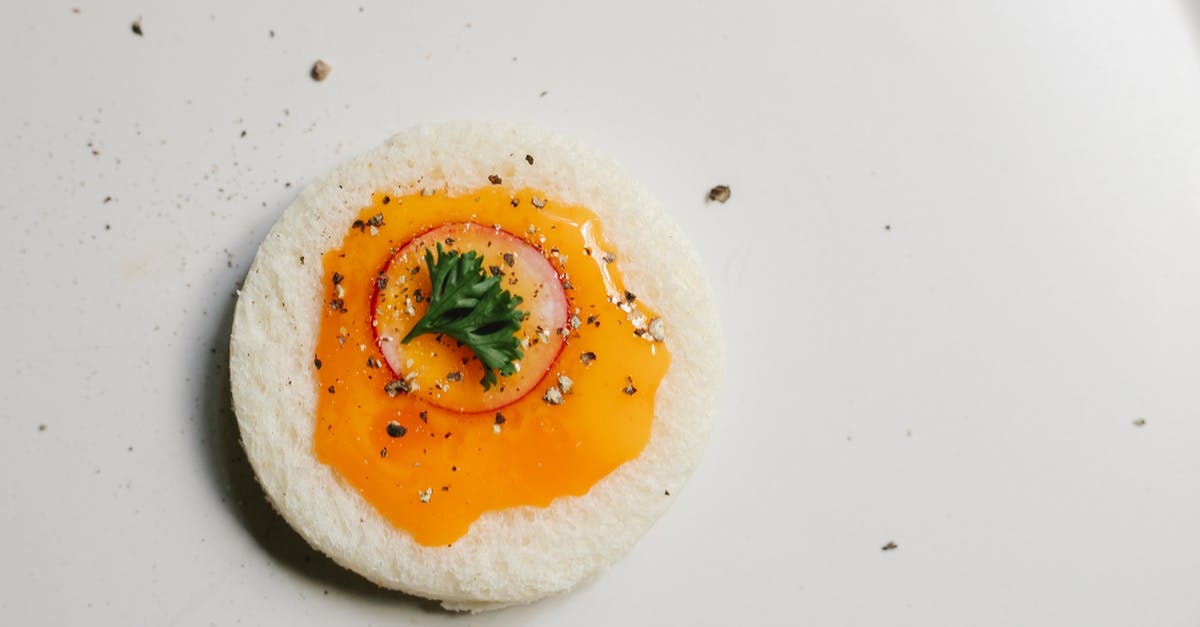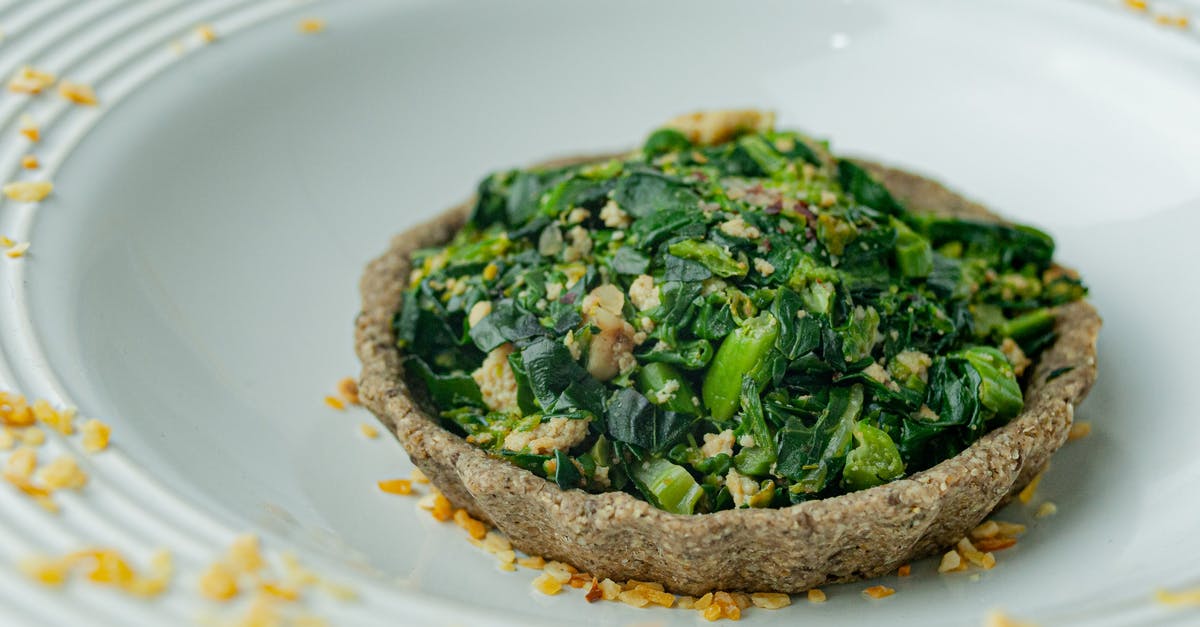Stodgy crumpet-like crumb in overnight white

Over the weekend I made an overnight white loaf, methodology was something along the lines of the following:
- Activate yeast in water, mix with the bread until well incorporated. Leave for 30 minutes.
- Add the salt, mix in with the dough. Leave for 30 minutes.
- "Knead" the dough in the bowl, mixture was very wet and recipe said not to add more flour so this possibly wasn't sufficient kneading. Leave for 30 minutes.
- "Knead" again, cover and leave overnight. As it was a Sunday and I'm lazy, was left for roughly 12 hours.
- Place on floured work surface, knock back and shape. Place in oiled bowl. Leave for 2 hours to rest.
- Oven to 200 Centigrade, container of boiled water at the bottom to make the oven steamy to get a nice crust.
- Bake for 45 minutes, leave to cool.
The crust was lovely and I'm happy with it, but the interior was rather stodgy, and reminiscent of how it feels to eat a crumpet.
Which steps that I took from the above are likely causes of the crumb being sub par, and what is the correct approach to avoid "crumpet crumb" in the future?
Quantities were:
- 500g Strong white bread flour
- 390ml warm water
- 10g yeast
- 1 tsp salt
Best Answer
There are two likely causes:
- Insufficient gluten development.
- Wrong quantities (probably too much flour): you don't mention how you measured the flour. Measuring by volume is notoriously inaccurate. It is best to use weights for everything, including water.
- Weak flour: AP flour has less protein than bread flour, so there is less gluten development.
- Strong white bread flour needs a lot of kneading, or, for no-knead methods, several shorter kneads with plenty of time in between for the yeast to act and the gluten to develop. If you only knead once, I suggest at least 10 minutes. For very wet doughs, pouring the dough out of the bowl and using a stretch and fold technique works well. (It is almost impossible to overknead by hand.) But the autolysis and overnight fermentation should have helped here.
- Not enough heat in the oven. Did you use a preheated baking tray or a pizza stone? If the bottom of the loaf was particularly gummy, it may be that not enough heat got to the loaf. Generally it's better not to use the fan in a fan oven when baking bread. You want humidity (hence the container of boiling water), and the fan will disperse the water vapour. An alternative to messing around with boiling water is to use a preheated Dutch oven. This ensures all-round heat gets to the bread, which also cooks in a moist environment.
For more advice on trouble-shooting bread dough, I recommend the serious eats article.
Pictures about "Stodgy crumpet-like crumb in overnight white"



Why is my bread crumb gummy?
For example a gummy crumb can be caused by a starter that's too young and or under fermented dough. A lack of oven spring could be due to a shaping issue, under fermentation or poor gluten development - but more often than not it's a combination of a few things.What causes a dense crumb?
Make sure that your dough is not too wet or too dry, both extremes will result in a dense crumb. You can check to see if you are using the right amount of water for the type of flour you use (click here to check).What does Overproofed bread look like?
What to look for in an over proofed loaf. Similar to the signs of over proofed dough, an over proofed loaf will be very flat, without much rise or retention of shaping. Over proofing destroys the structural integrity of the bread, so loaves that have gone over are unable to hold their shape in the oven.Why is my sourdough bread crumb sticky?
When the bulk fermentation goes too long \u2014 often when the dough more than doubles or triples in volume \u2014 the dough can over ferment. You know the dough has over fermented if, when you turn it out to shape it, it is very slack \u2014 if it's like a wet puddle \u2014 and very sticky and lacking any strength and elasticity.No-Knead Homemade Crumpets (No Oven Needed!)
Sources: Stack Exchange - This article follows the attribution requirements of Stack Exchange and is licensed under CC BY-SA 3.0.
Images: Klaus Nielsen, Dayvison de Oliveira Silva, Nataliya Vaitkevich, Ron Lach
